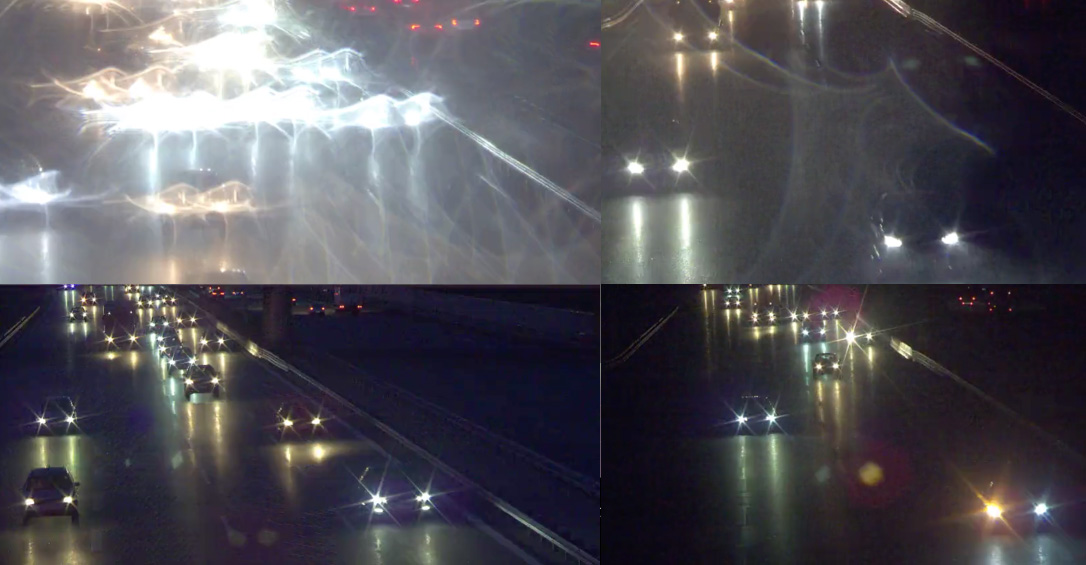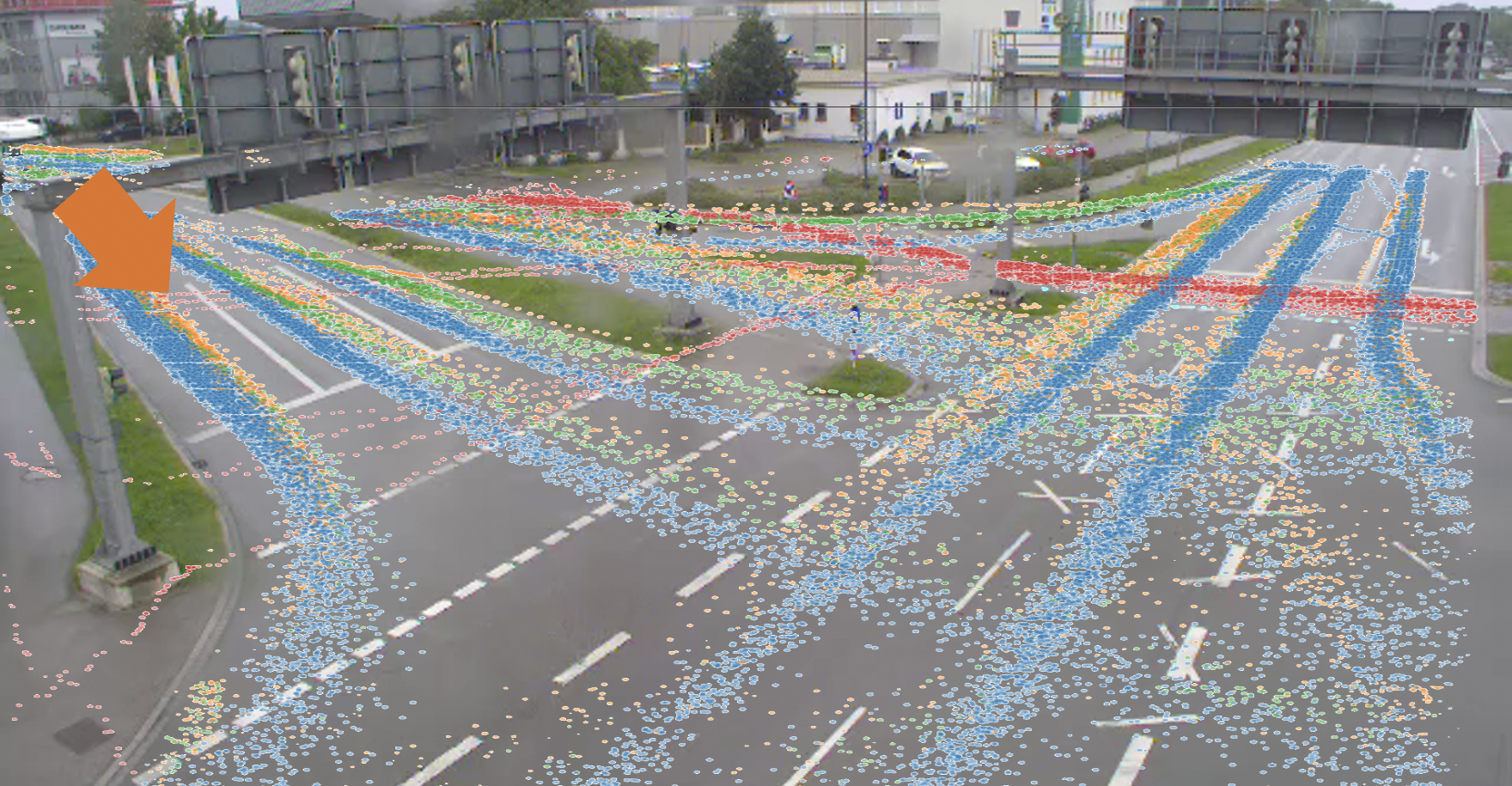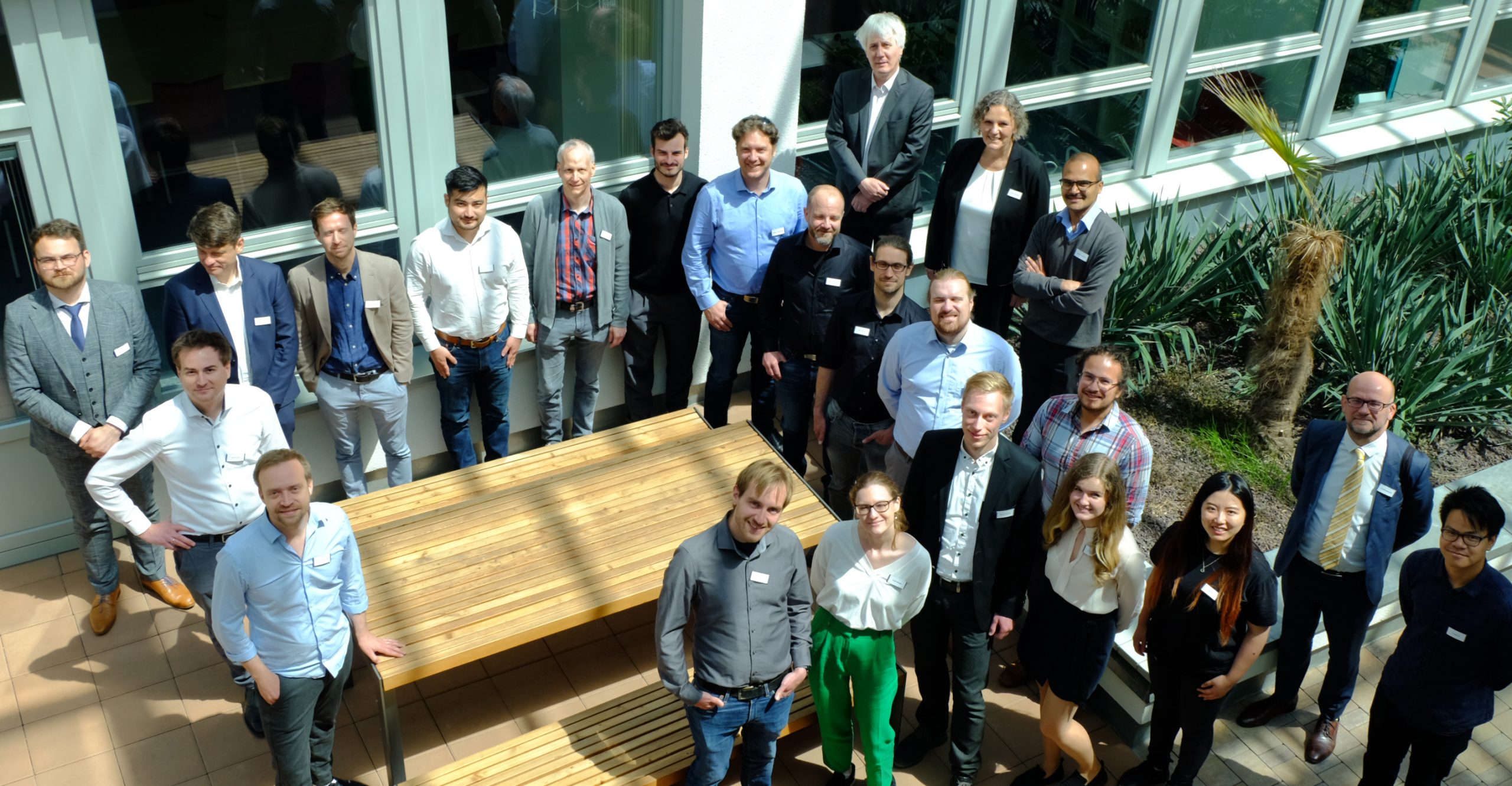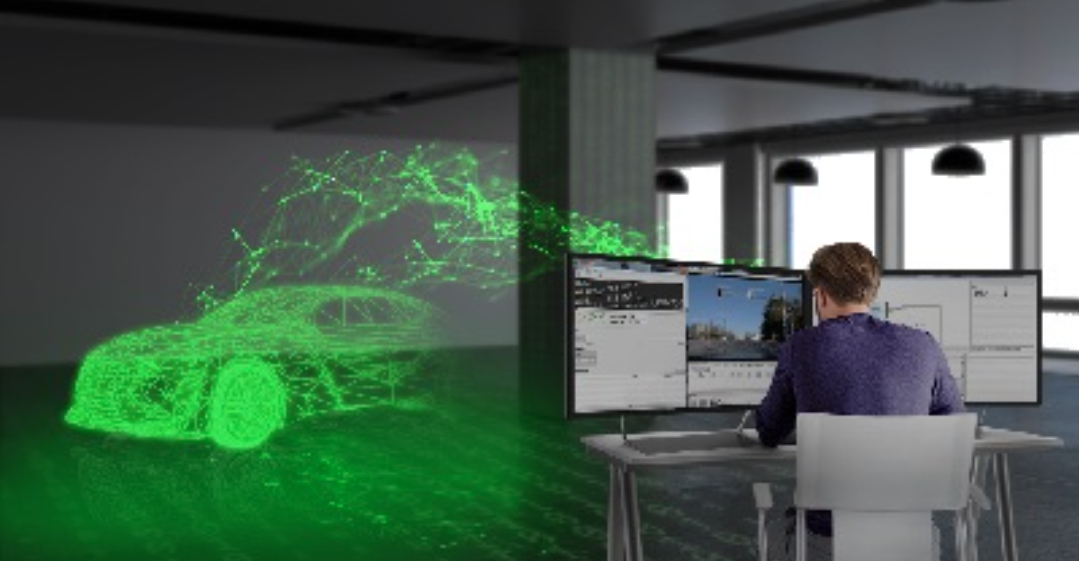
Providentia++: The four greatest challenges
The technical infrastructure is in place. Radars and cameras are in operation; a digital twin has been developed. But some steps toward practical application remain to be taken. Here are the most important challenges.
The digital twin created by Providentia researchers on behalf of the German Federal Ministry of Transport and Digital Infrastructure (BMVI) will soon be used as a prototype in der Providentia++ project. But first, the sensor technology must be readjusted, all possible environmental conditions must be mastered, and easy-to-use, modular systems must be created. Only when the following hurdles have been cleared will the digital twin be put into practice and produce reliable, usable results.
-
Make algorithms more reliable
Even in rain, snow, or bumper-to-bumper traffic, sensor information must be processed correctly. It is also important that as many sensor sources as possible are used for the digital twin: not only the sensors on the overhead highway signs, but also those in vehicles. Only then can appropriate conclusions be drawn from a given traffic situation.
-
Control vehicles globally
To enable early reactions to unpredictable situations, all available sensor data – from various vehicles and the sensor stations – must be merged into one system. To achieve this, vehicles and infrastructure must be in harmony; the calibration of sensor sets must be coordinated; and exchange formats must be developed to feed information about the current traffic situation back to the vehicle. Successfully creating a unified “environment model” is an important step in the direction of autonomous driving. The following services will then be possible: (1) In the event of technical problems, the autonomous vehicle will automatically and safely leave traffic. (2) A vehicle can be controlled remotely if there are traffic situations that the vehicle cannot handle itself. (3) Changing lanes, passing, or clearing a path for emergency vehicles: Various predictions for sensible maneuvers can be coordinated. (4) The vehicle’s own driving functions can be checked and improved via the digital twin.
-
Create capacity for computers
Standard distributed computer systems are not sufficient for intelligent infrastructure systems. They must be highly available – in other words, they must be available virtually all the time. There are various ways of ensuring this: (1) Applications are outsourced to the “mobile with data being analyzed where it is generated. (2) Even if the wireless connection fails, this cannot cause the computer to crash. (3) The processing load between vehicles and infrastructure should be dynamically distributed. (4) The behavior of the hardware components must be predictable to ensure the security of the infrastructure. (5) Sufficient resources must be available for each user of the infrastructure. The special challenge: Corresponding algorithms will be developed in connection with 5G technology for the first time within the framework of Providentia++.
-
Plug and play systems
Sensor sets that are coordinated with each other; customized and clearly defined hardware and software; pre-calculations of data streams directly at the sensor; and algorithms for sensor self-configuration: These are some of the approaches that will lead to new systems on roads and highways being developed as effortlessly as possible. Corresponding infrastructure systems provide the basis for digital platforms through which new services can be offered.
FURTHER CURRENT TOPICS

Cognition Factory: Evaluate and visualize camera data
Since the beginning of research on the digital twin, AI specialist Cognition Factory GmbH has focused on processing camera data. In the meantime Dr. Claus Lenz has deployed a large-scale platform

Digital real-time twin of traffic: ready for series production
Expand the test track, deploy new sensors, decentralize software architecture, fuse sensor data for 24/7 operation of a real-time digital twin, and make data packets public: TU Munich has decisively advanced the Providentia++ research project.

Elektrobit: Coining Test Lab to stationary data
Elektrobit lays the foundation for Big Data evaluations of traffic data. Simon Tiedemann on the developments in P++.
